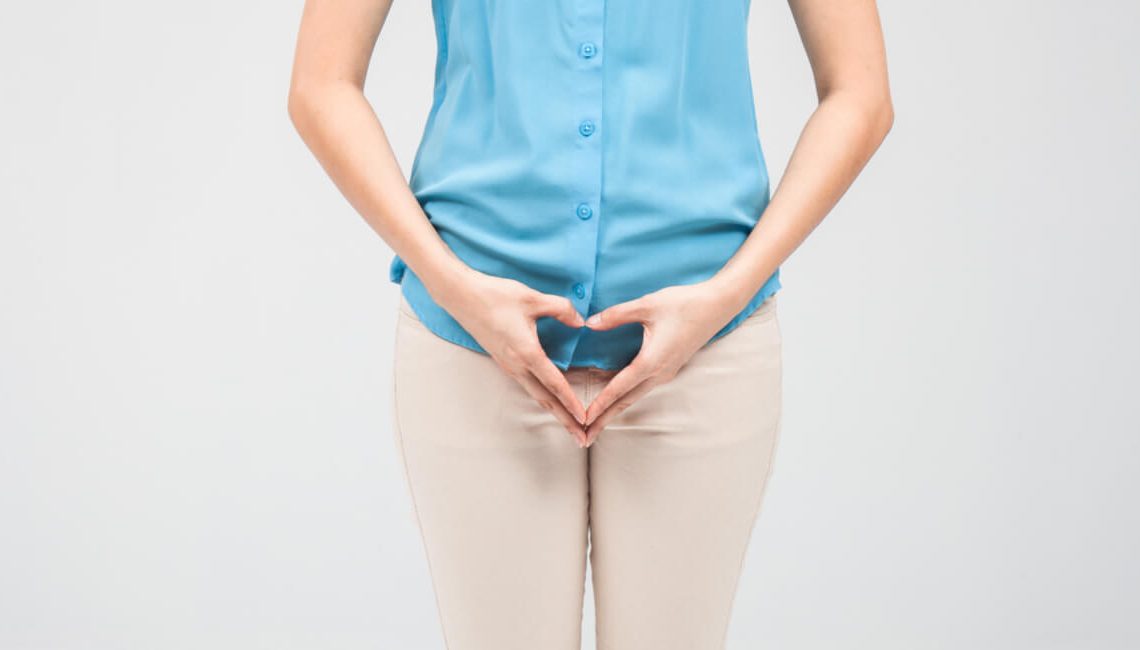
Open Journal of Obstetrics and Gynecology, 2013
A. Sparavigna1, B. Tenconi1, I. De Ponti1, A. Bulgheroni2, F. Scarci2
1DermIng, Clinical Research and Bioengineering Institute, Monza, Italy
2Scientific Department, Polichem S.A., Lugano, Switzerland
Background: Vulvovaginal atrophy is an inflammatory condition linked with estrogenic deficiency, as well as decreased lubrication. The study aimed at the objective measurements of vaginal moisture (RH%),
in fertile women and in postmenopausal women before and during treatment with a non-estrogenic moisturizing gel. Methods: The study followed a stepwise design. Acute: 5 women with postmenopausal
vaginal dryness were measured their RH% at baseline and 30 minutes after the application of a moisturizer. Fertile Controls: 20 women were measured in the follicular phase and 20 in the luteal phase. Chronic: Forty postmenopausal women with mild/moderate vaginal dryness were randomly assigned to treatment (once/day for the first week and twice/week for the following 11 weeks) or untreated control group.
Primary parameter was RH%, done by means of a vaginal hygrometer manufactured and validated for the specific purpose. Secondary parameters were the evaluation of erythema and oedema, scored for severity. Results: Fertile women showed an average 93/95 RH%, independently on the cycle phase. Postmenopausal women had 49/69 RH% in absence of any treatment. A 37% increased RH% was observed 30 min after a single application. During chronic treatment, RH% measured not earlier than 2 hours after the application of the product, resulted 7.8% to
10.4% higher than baseline (p < 0.05). Erythema improved accordingly. Conclusions: The vaginal moisturizer proved to be safe and to increase vaginal moisture short after treatment initiation; moreover, its effect proved to be long lasting.


